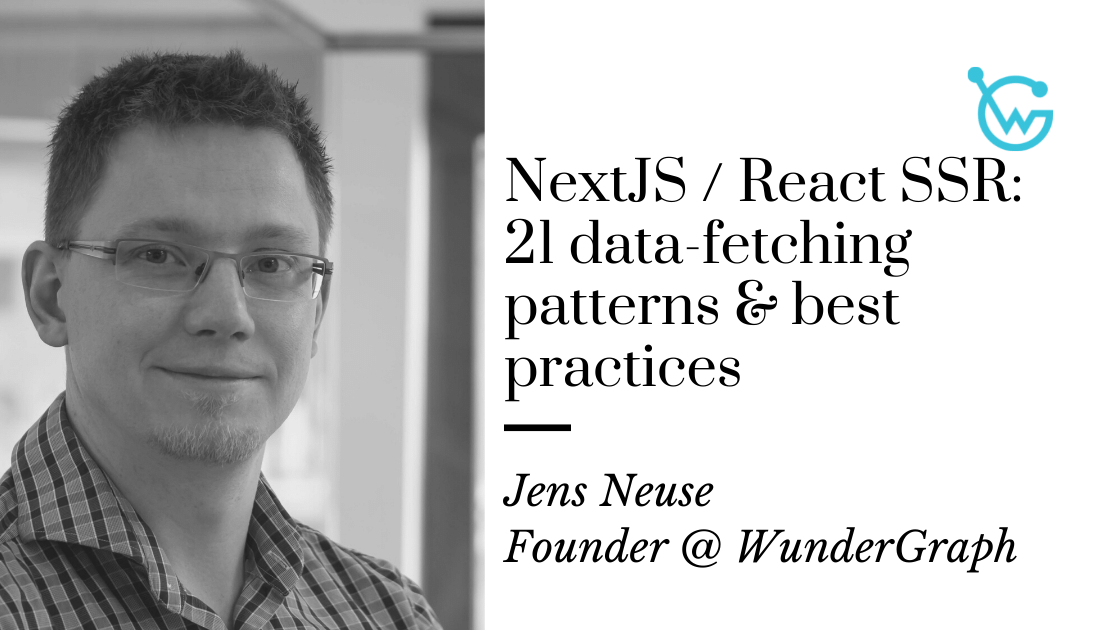
NextJS / React SSR: 21 Universal Data Fetching Patterns & Best Practices
A frontend developer should be able to define what data is needed for a given page, without having to worry about how the data actually gets into the frontend.

A frontend developer should be able to define what data is needed for a given page, without having to worry about how the data actually gets into the frontend.
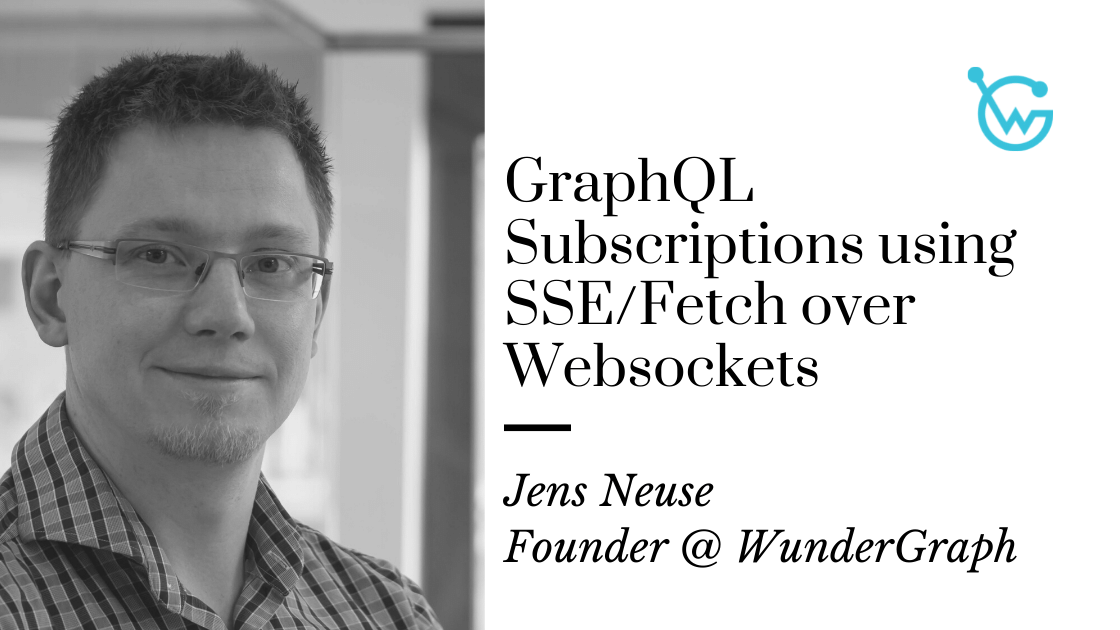
WunderGraph exposes GraphQL Subscriptions over SSE (Server-Sent Events) or Fetch (as a fallback). This post explains why we've decided to take this approach and think it's better than using WebSockets.
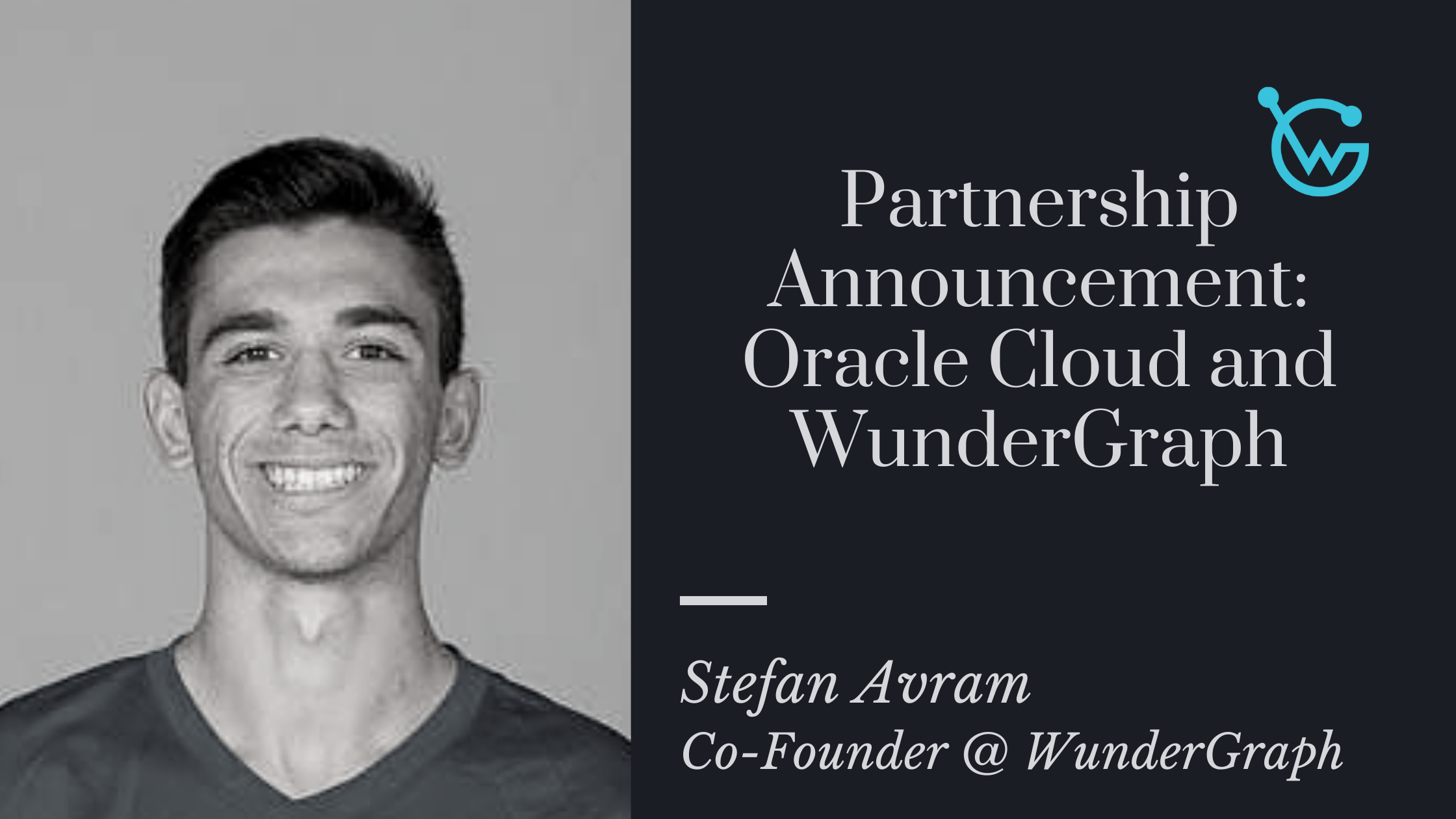
WunderGraph is extremely pleased to announce a partnership with Oracle Cloud
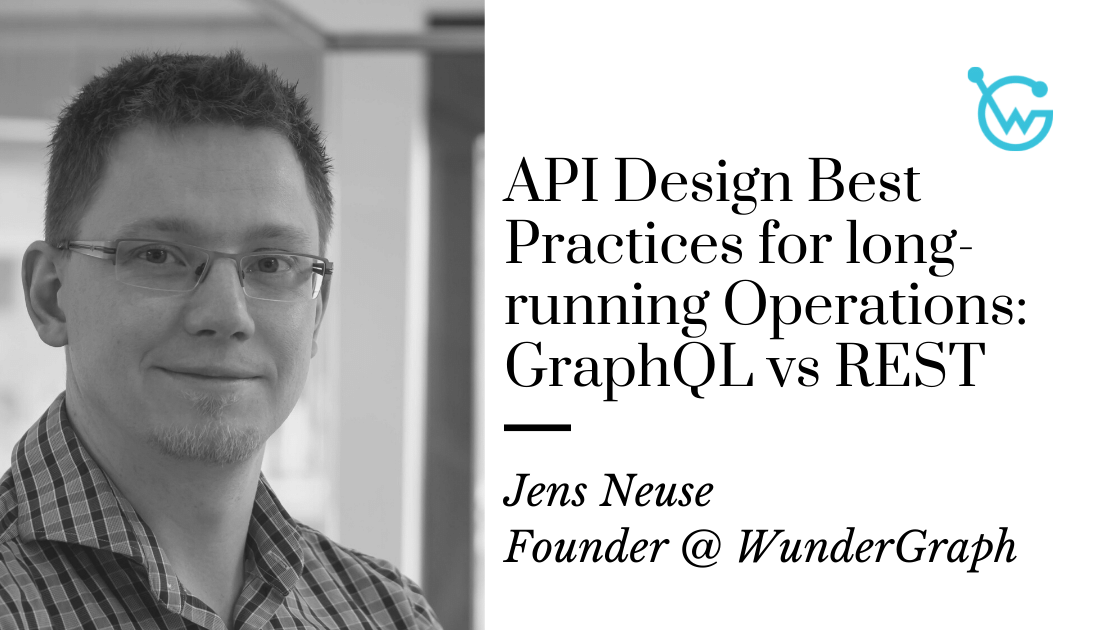
I've recently read an article where the author stated that GraphQL is "not appropriate for long-running operations". I'd like to show that GraphQL can very well be used for long-running operations.
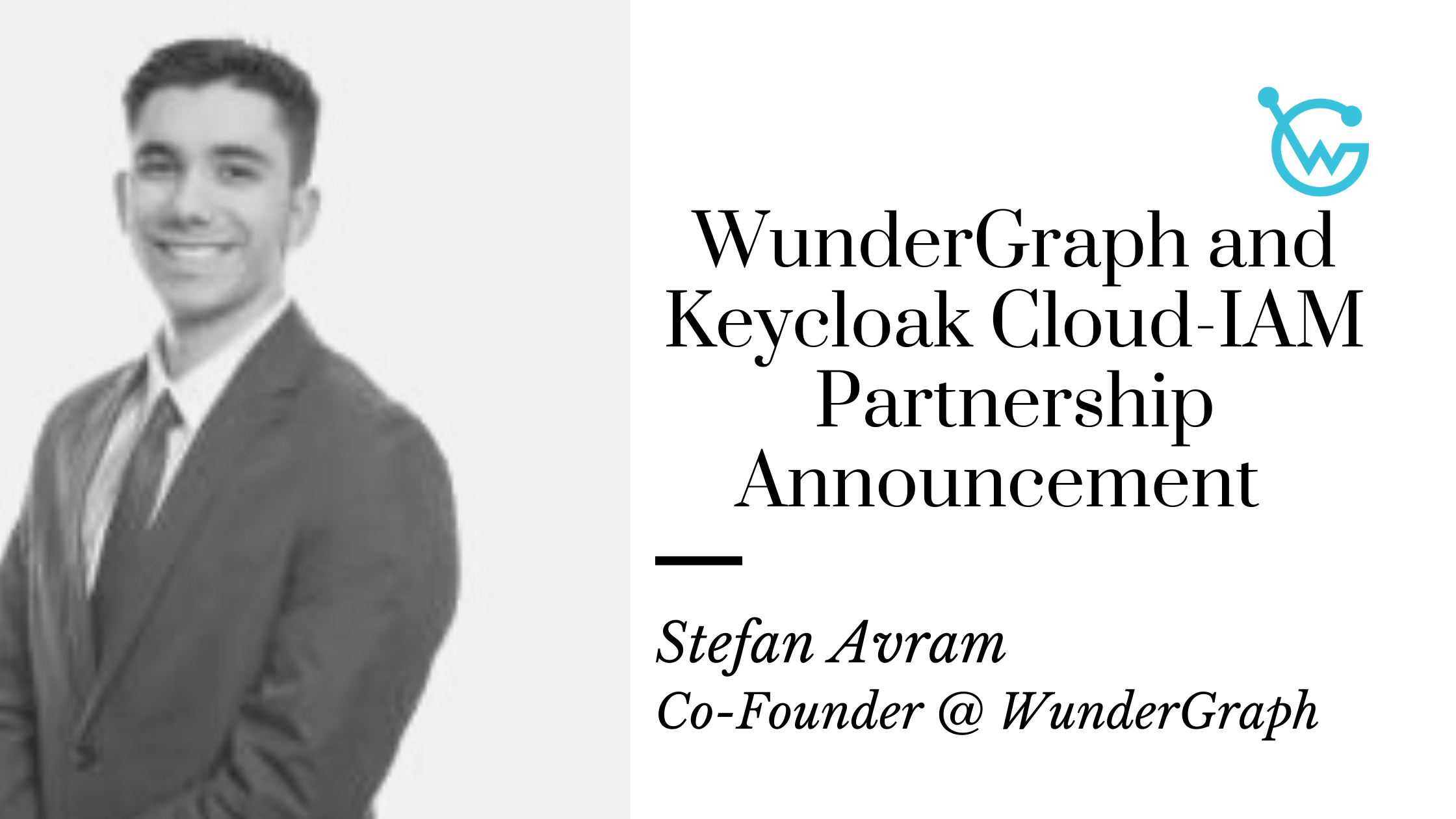
We are very excited to announce our most recent partnership with Cloud IAM - the Keycloak Identity and Access
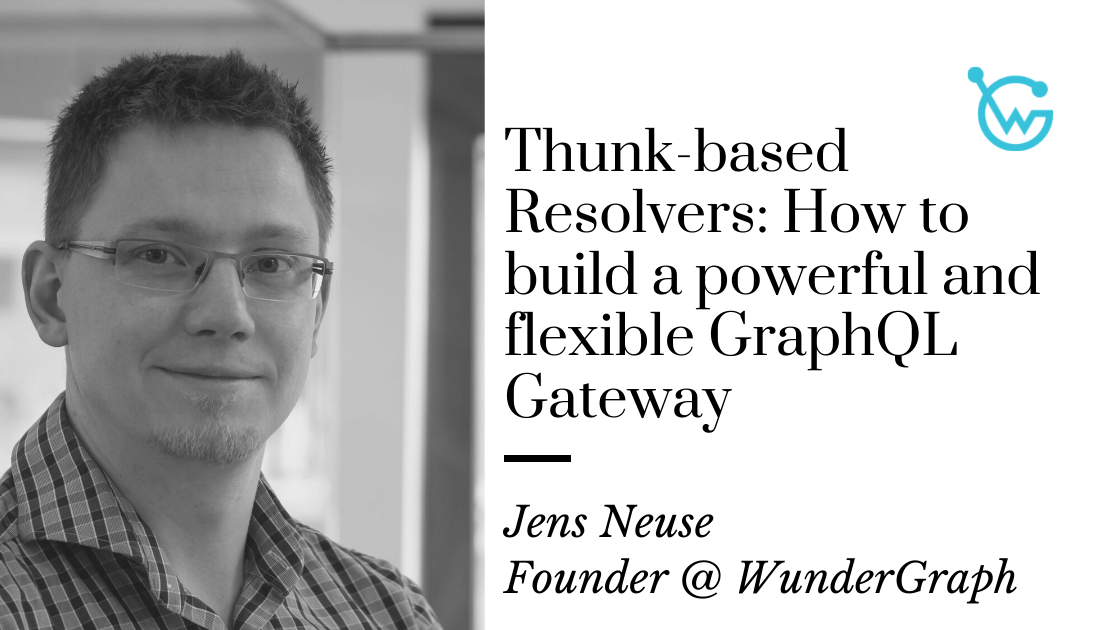
At the core of WunderGraph is a very powerful and flexible GraphQL API Gateway. Today, we'll dive deep into the pattern that powers it: Thunk-based GraphQL Resolvers.
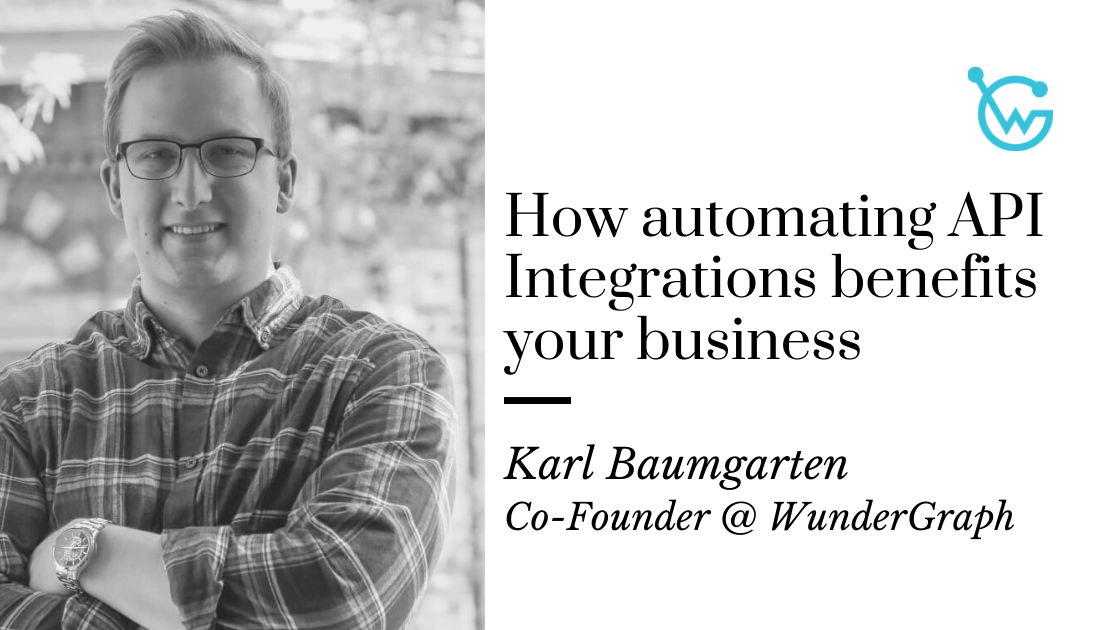
We recently announced our public beta for WunderHub, the package manager for APIs. With WunderHub, we have developed an API repository on top of our open source integration framework WunderGraph,

We're super excited to introduce our latest integration with MongoDB Atlas – MongoDB’s multi-cloud application data platform. Thanks to MongoDB’s advanced cloud database service, we are now able to help you get a full stack application up and running in minutes.
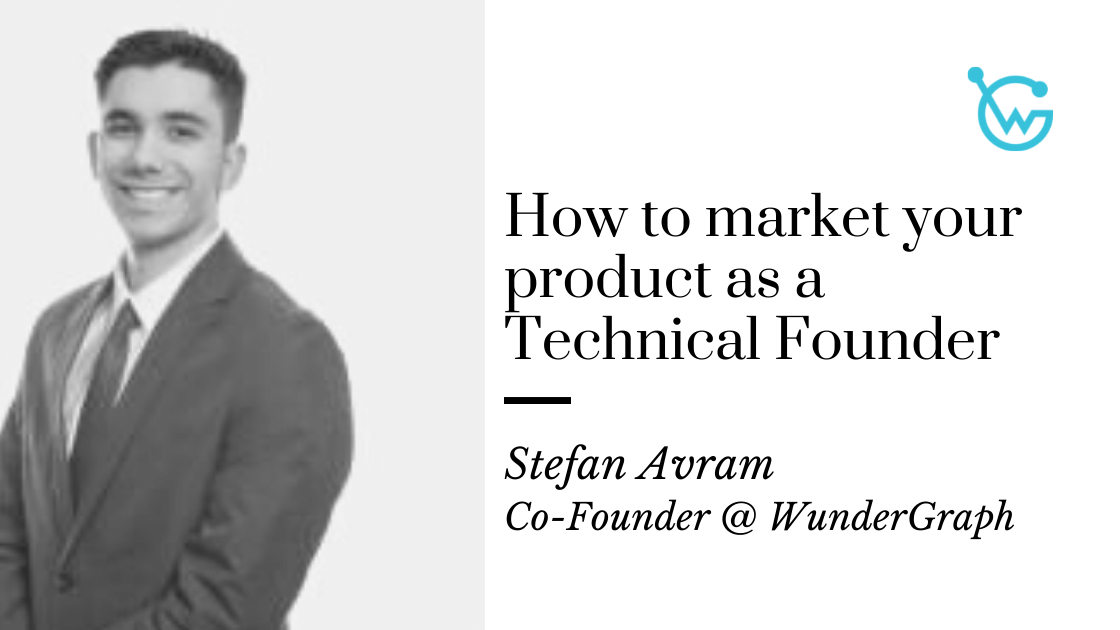
I am writing this article to help other technical co-founders on how to do marketing and sales. These tips and tricks helped us grow our email list to 1000+ contacts, 200+ Discord members (who are actively participating), and 1–5 Sales calls a week in 6 months.
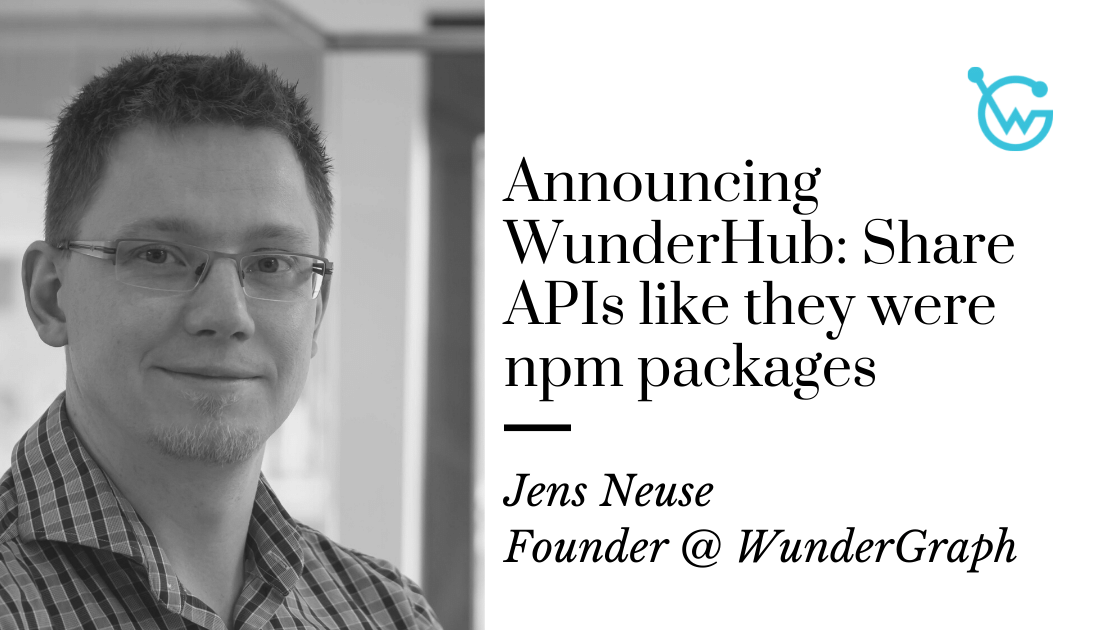
Today, we're happy to announce the public beta of WunderHub, the Package Manager for APIs. After a successful private beta, we're excited to open up WunderHub to a wider audience.
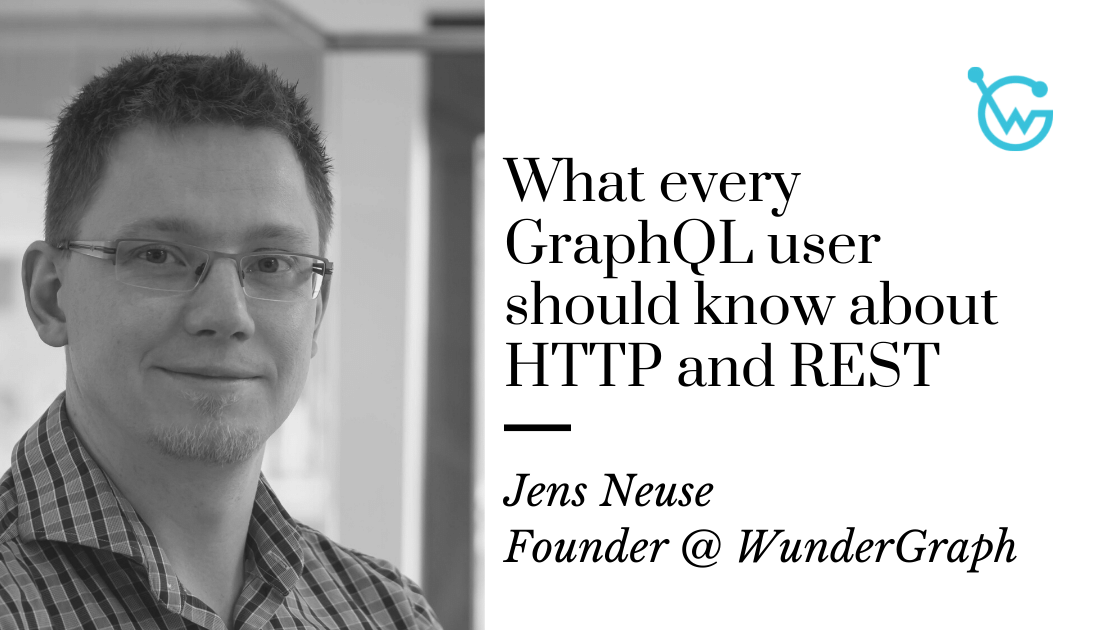
GraphQL is usually praised to the moon and beyond while REST seems to be and old school way of doing things.

As building API-based integrations is still very time-consuming, it is hard for IT execs to implement a sustainable integration strategy.
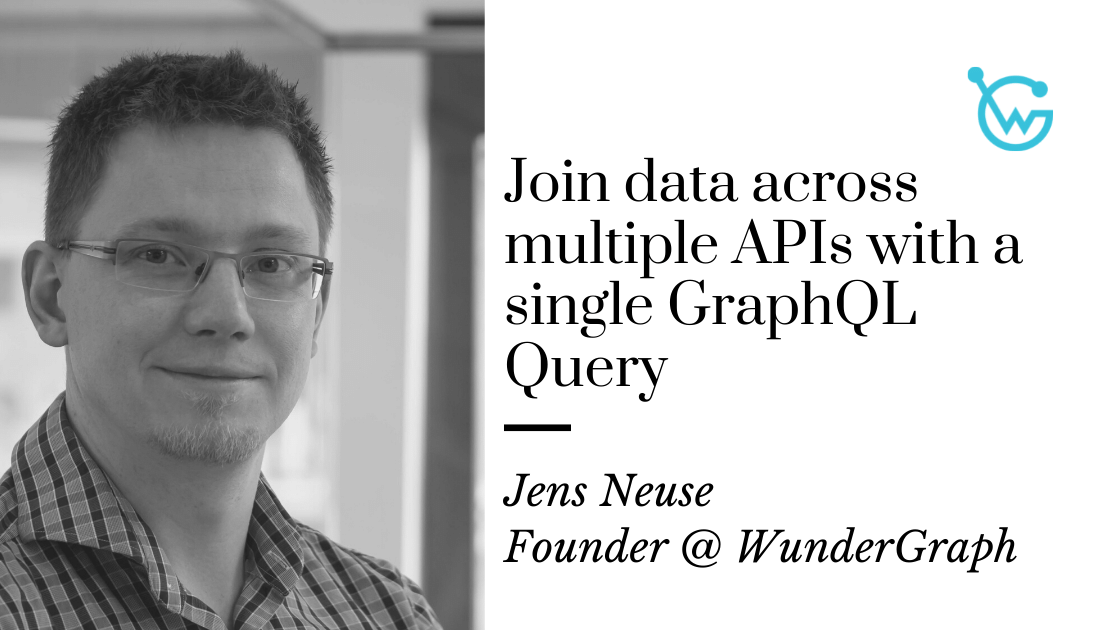
One way to think about APIs is to see them as lego blocks. They might be (Micro-) Services within your company or an API from a third party, but in the end, it's just lego blocks to solve specific problems.

Do you remember how we shared applications before Docker existed? Applications were not as portable as they are today.
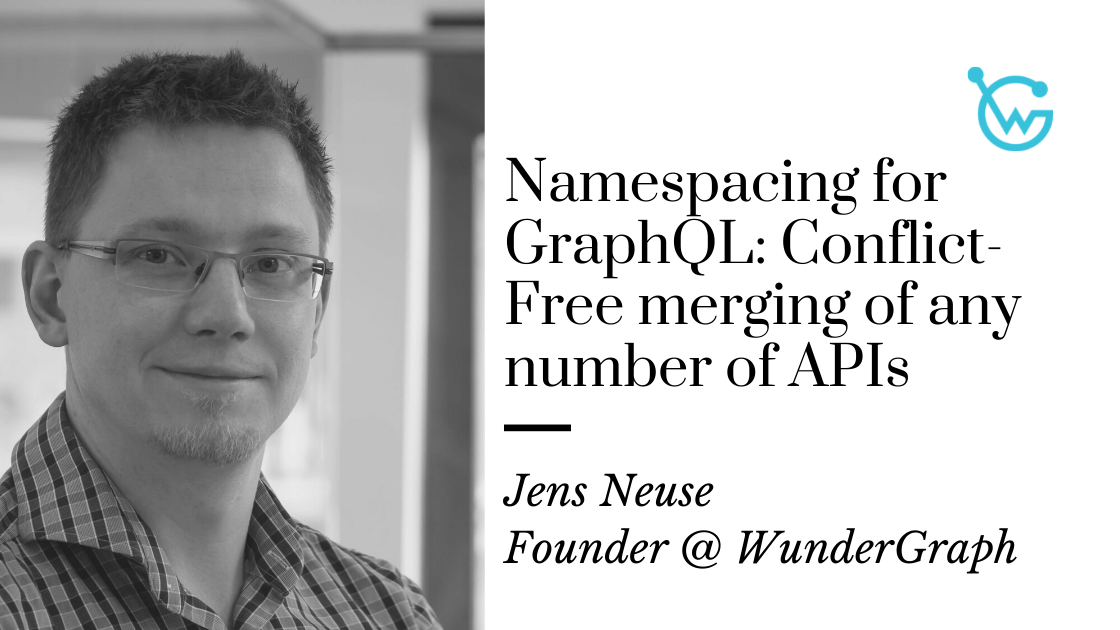
Namespacing is an essential concept in programming, allowing us to group things and prevent naming collisions. This post shows you how we apply the concept to APIs to make composition and integration of different services easier.
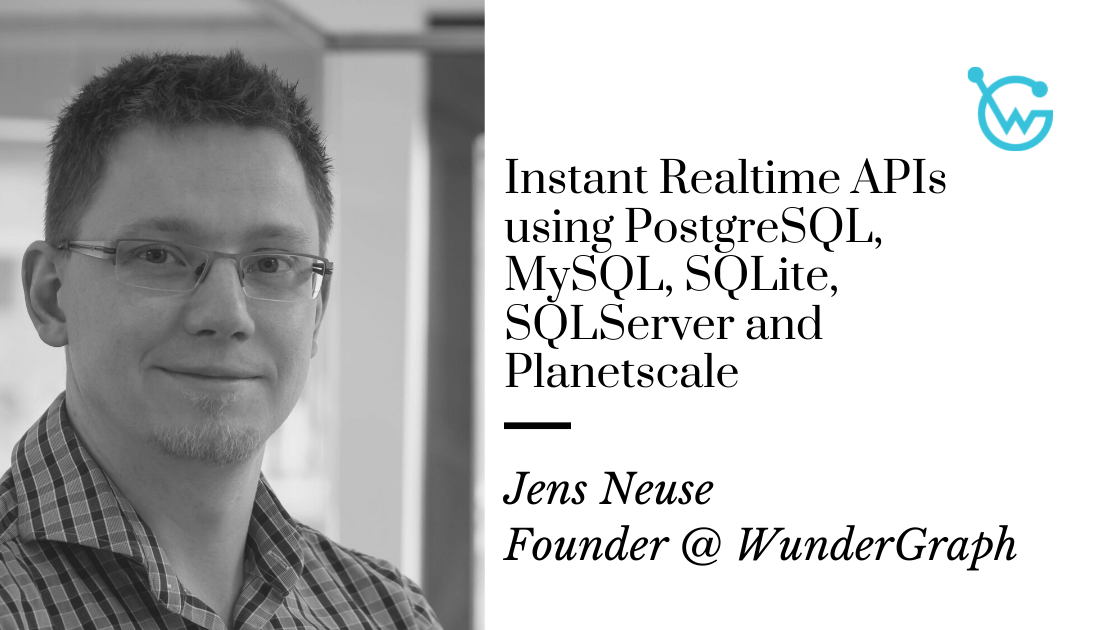
Our Vision is to build the best possible developer experience for working with APIs.
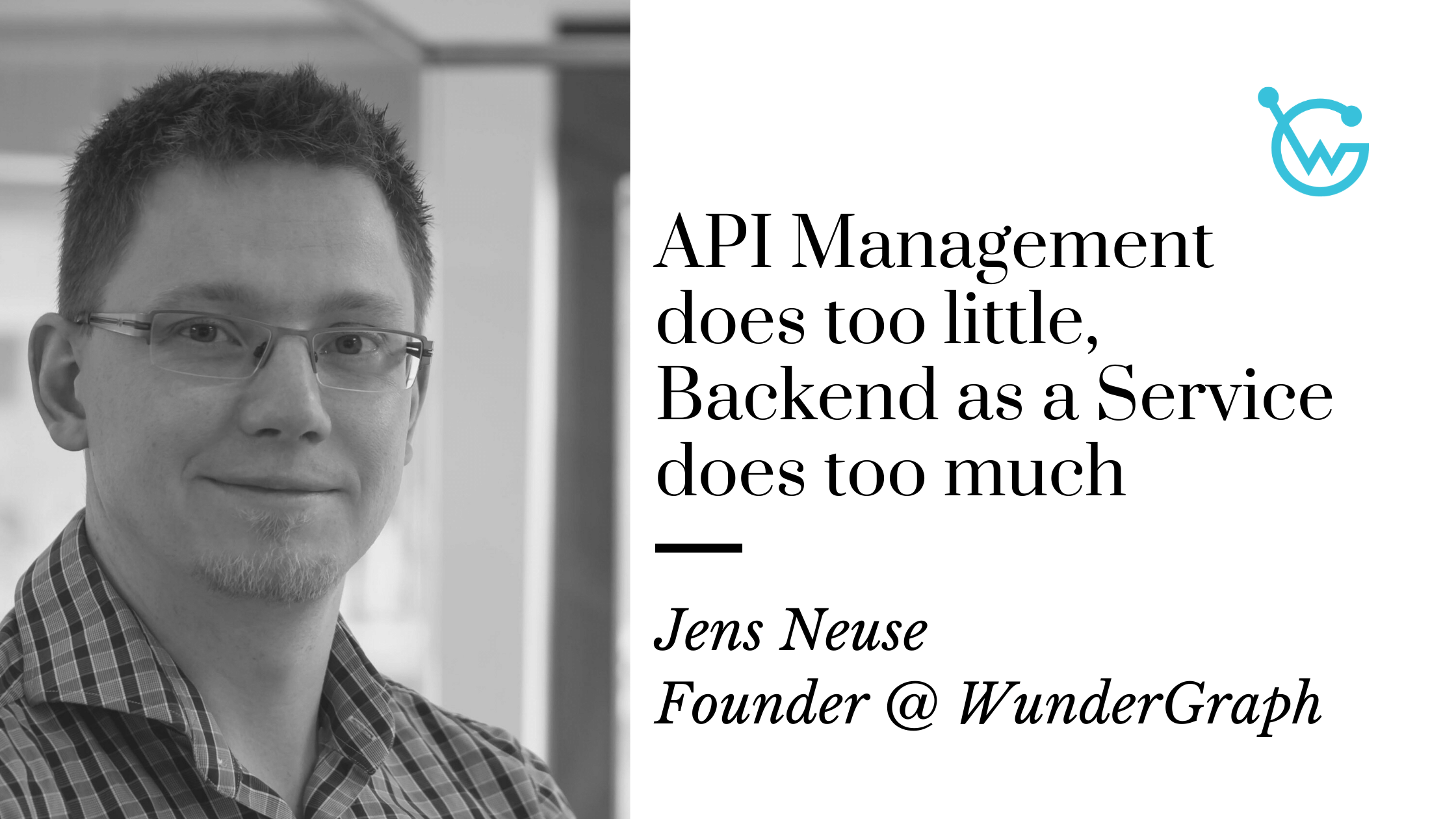
Full Lifecycle API Management, as the name implies takes care of all things APIs. Backend as a Service on the other hand completely abstracts away the need to write a backend at all.
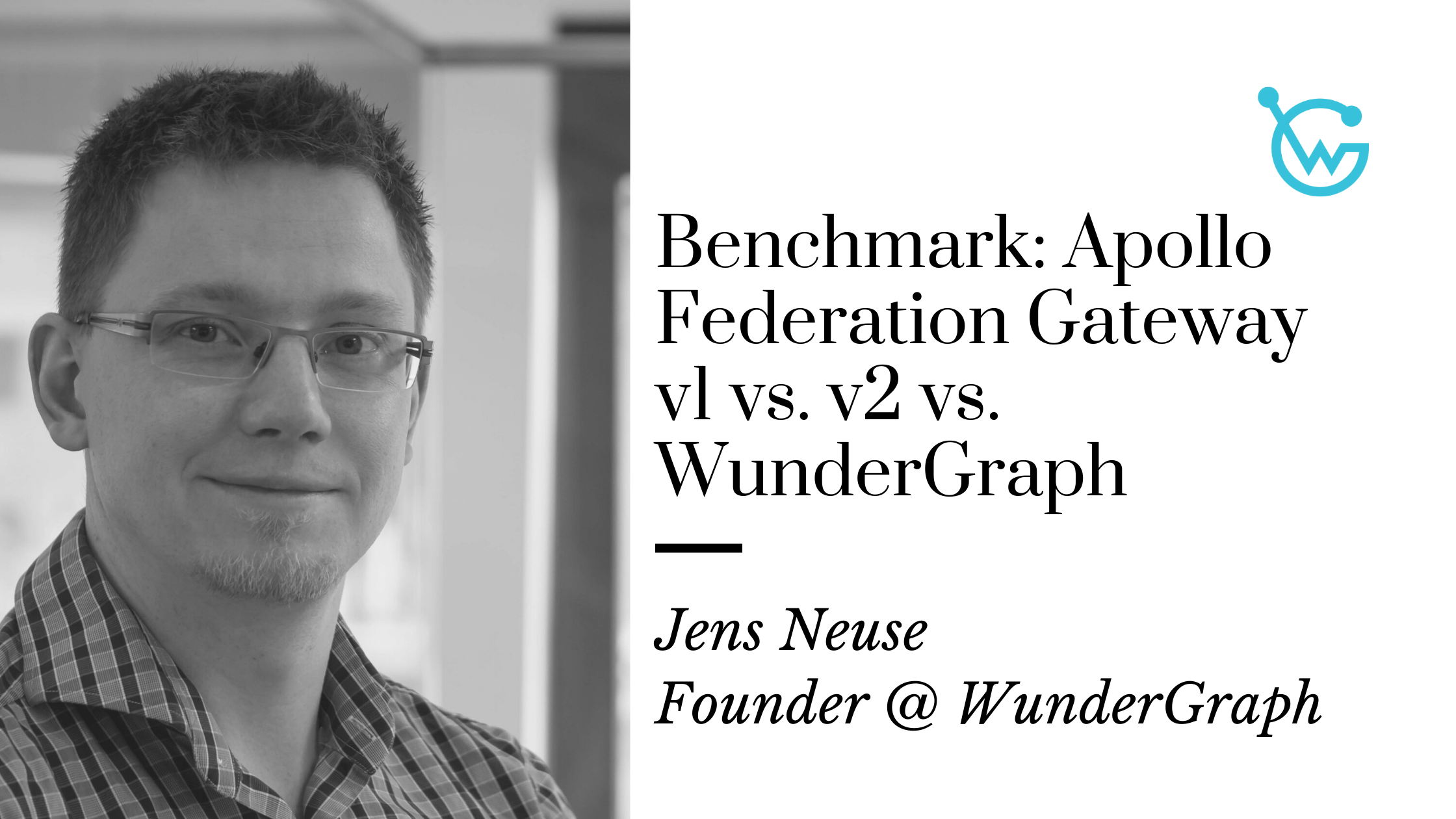
Apollo just released their newest version of the Apollo Federation Gateway (v2), so I was curious how it performs against v1 and the WunderGraph implementation.
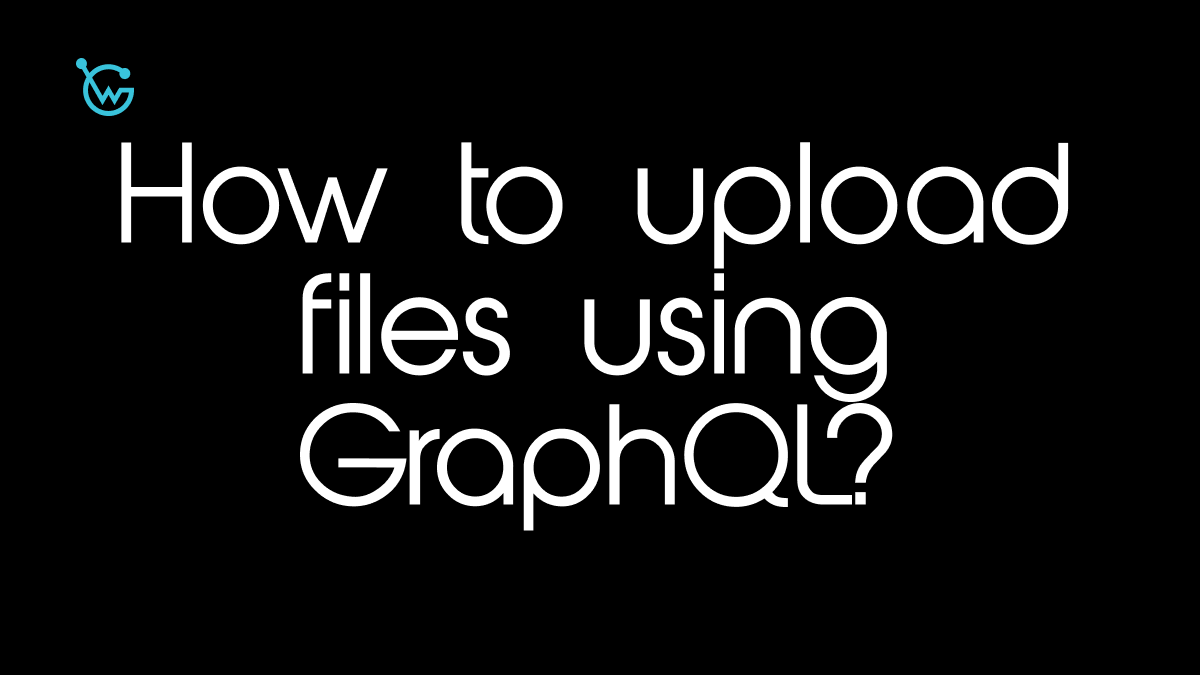
One question that keeps coming up in GraphQL communities is, how to upload files using GraphQL? This post should give you an overview of the different options available and how they compare.
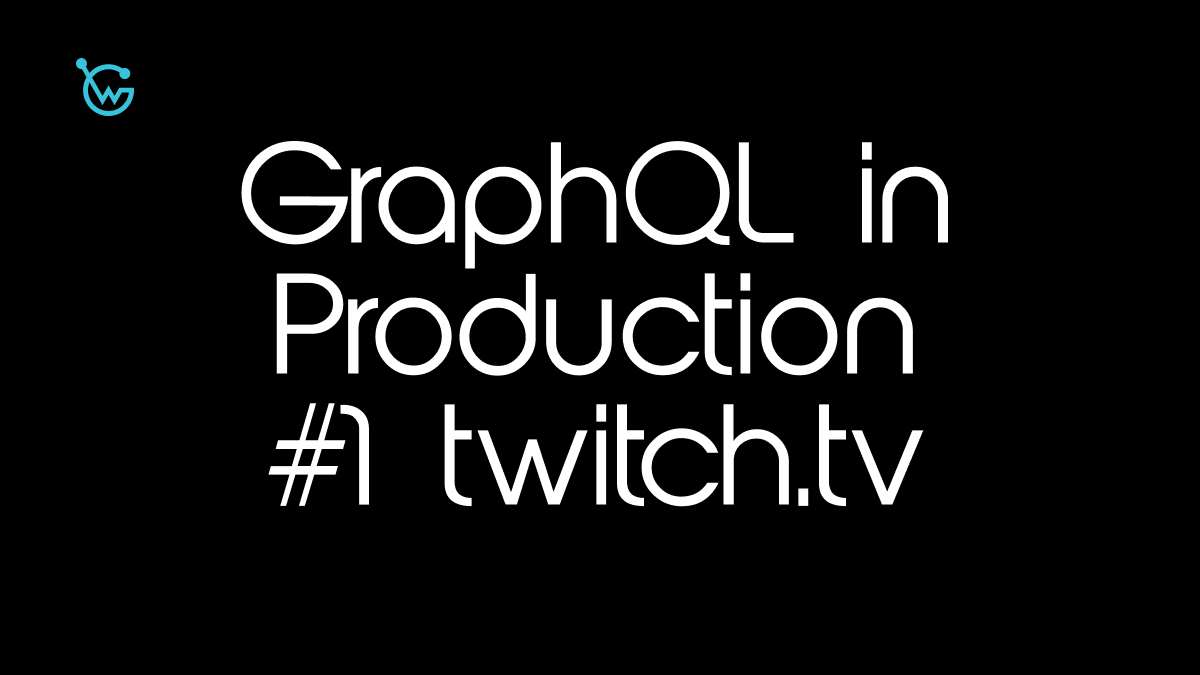
Analyzing public GraphQL APIs is a Series of blog posts to learn from big public GraphQL implementations, starting with Twitch.tv, the popular streaming platform.
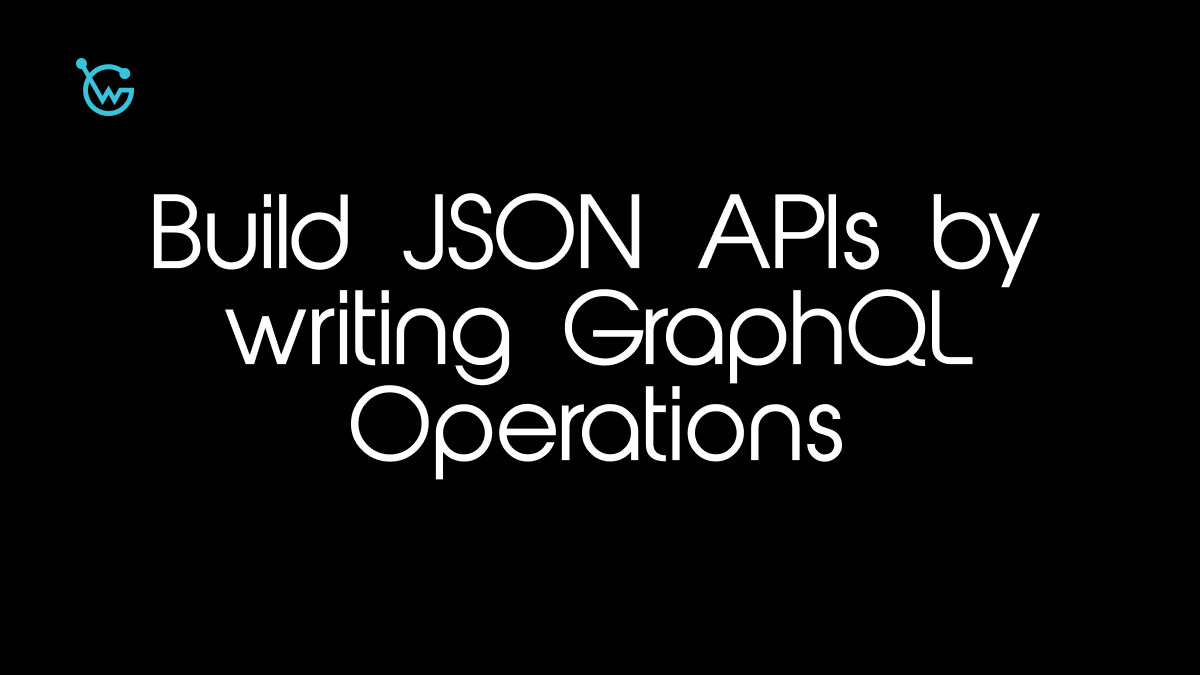
GraphQL is known as a Query Language to Query Graphs. Today, I'd like to show you an unusual use case for the Query language: Building JSON APIs with JSON-Schema validation.
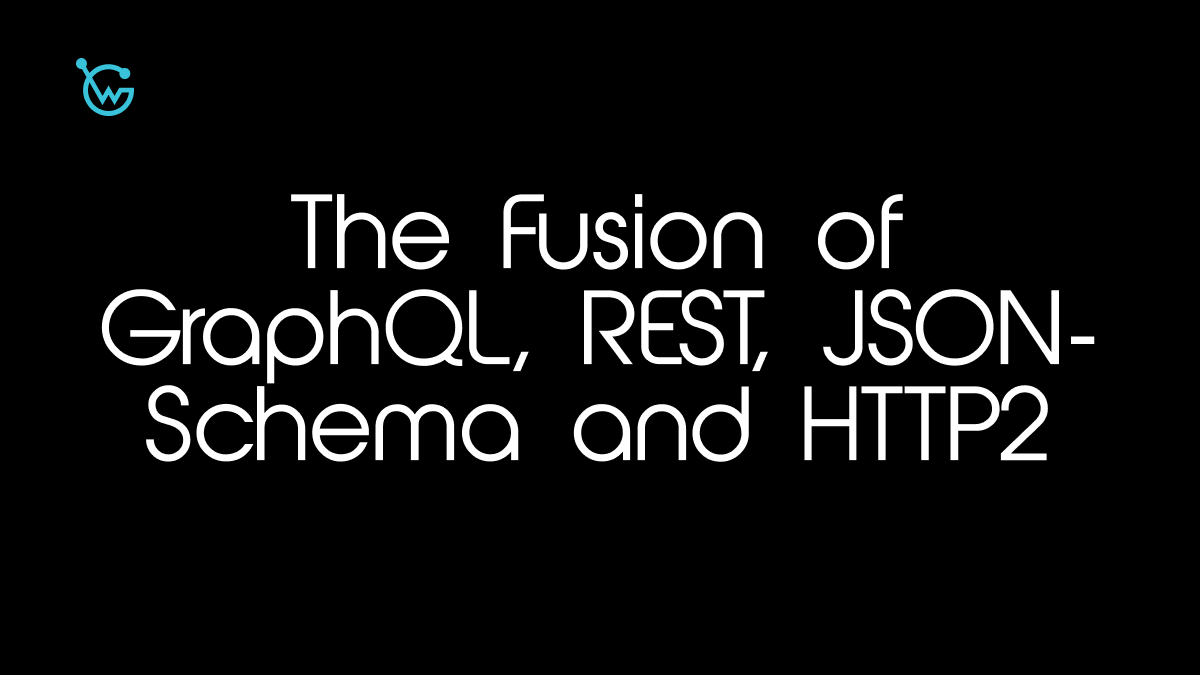
This post is about the Fusion of GraphQL, REST, JSON-Schema and HTTP2. I'd like to convince you that you don't have to choose between GraphQL and REST. Instead, I'll propose a solution that gives you the best of all of them.
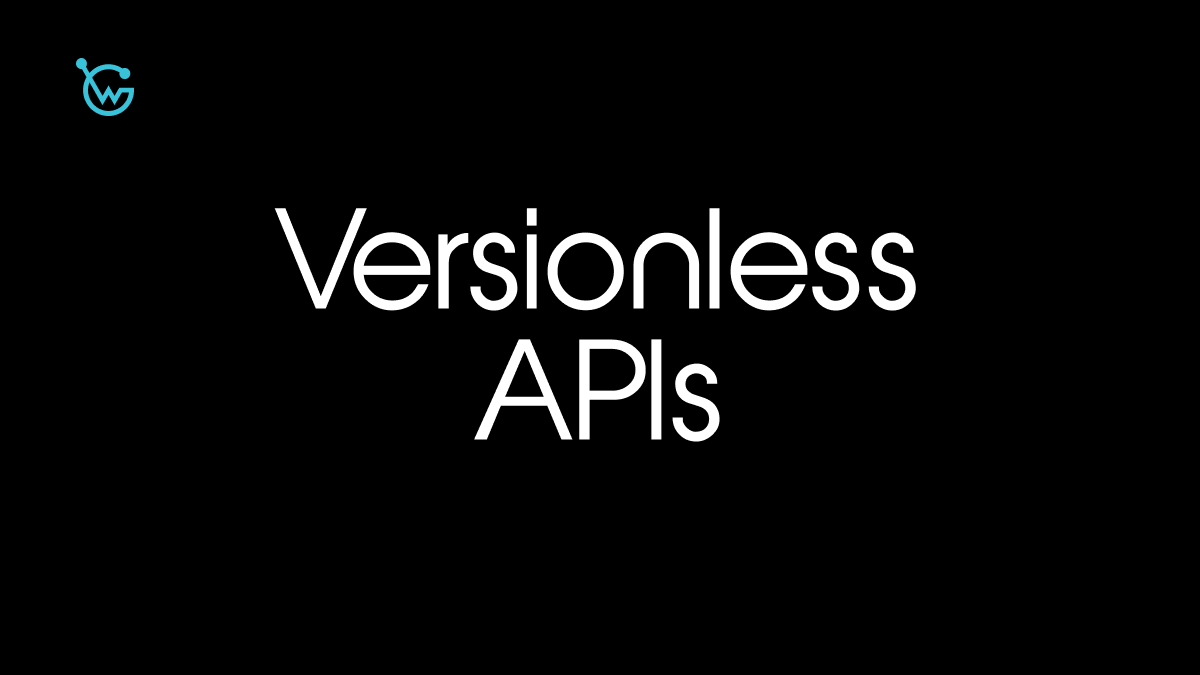
Versioning APIs is an essential part of the lifecycle of APIs. Some API styles, like GraphQL, completely miss versioning and call this a feature. Others, like RESTful APIs, give developers a lot of different ways to implement versioning.
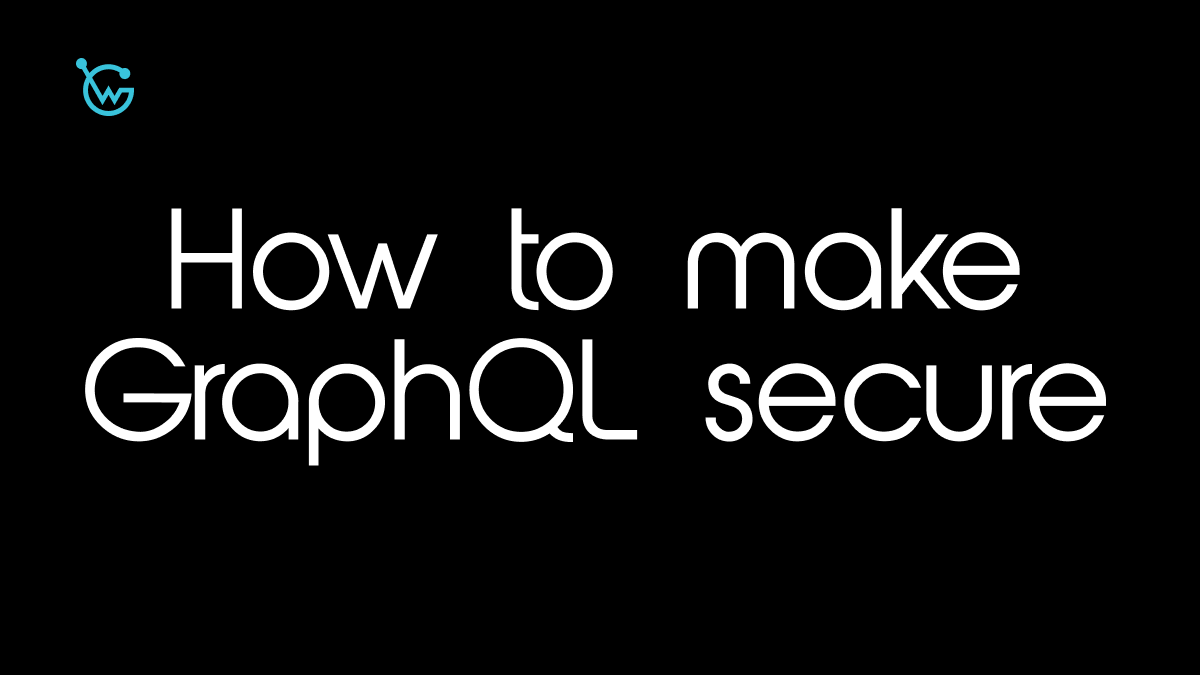
It's 2021, GraphQL is on its rise to become a big player in the API Ecosystem. That's perfect timing to talk about how to make your GraphQL APIs secure and ready for production.
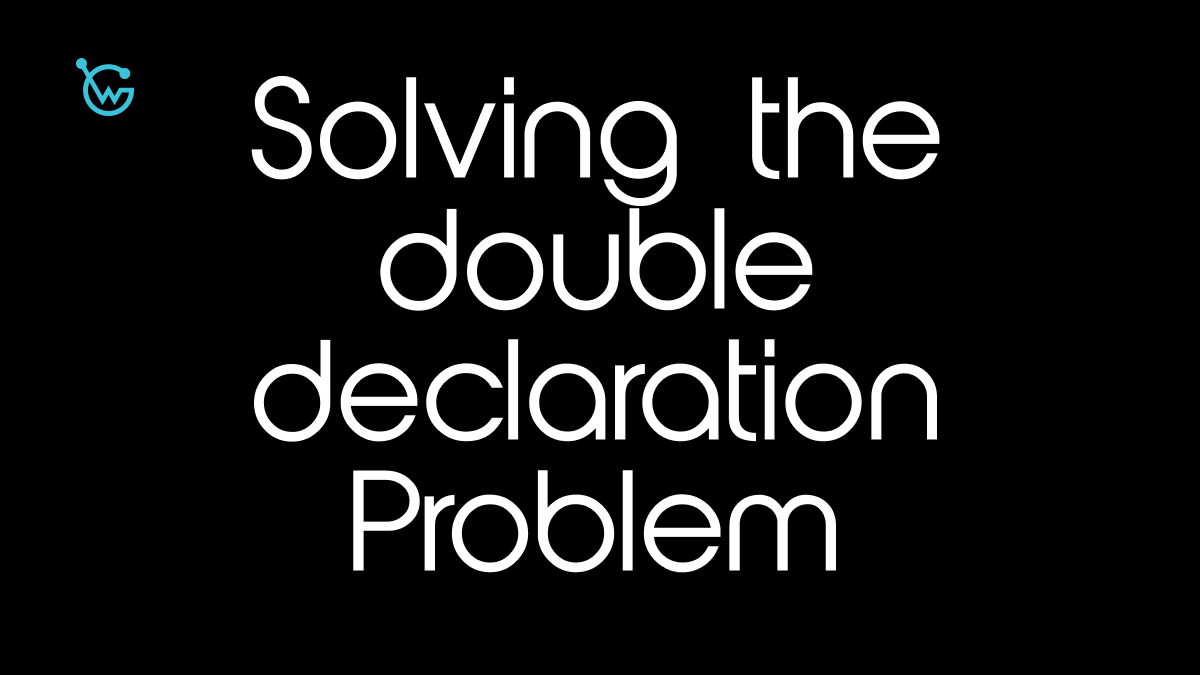
In this post, we'll look into the double declaration problem of (GraphQL) APIs in Web Applications.
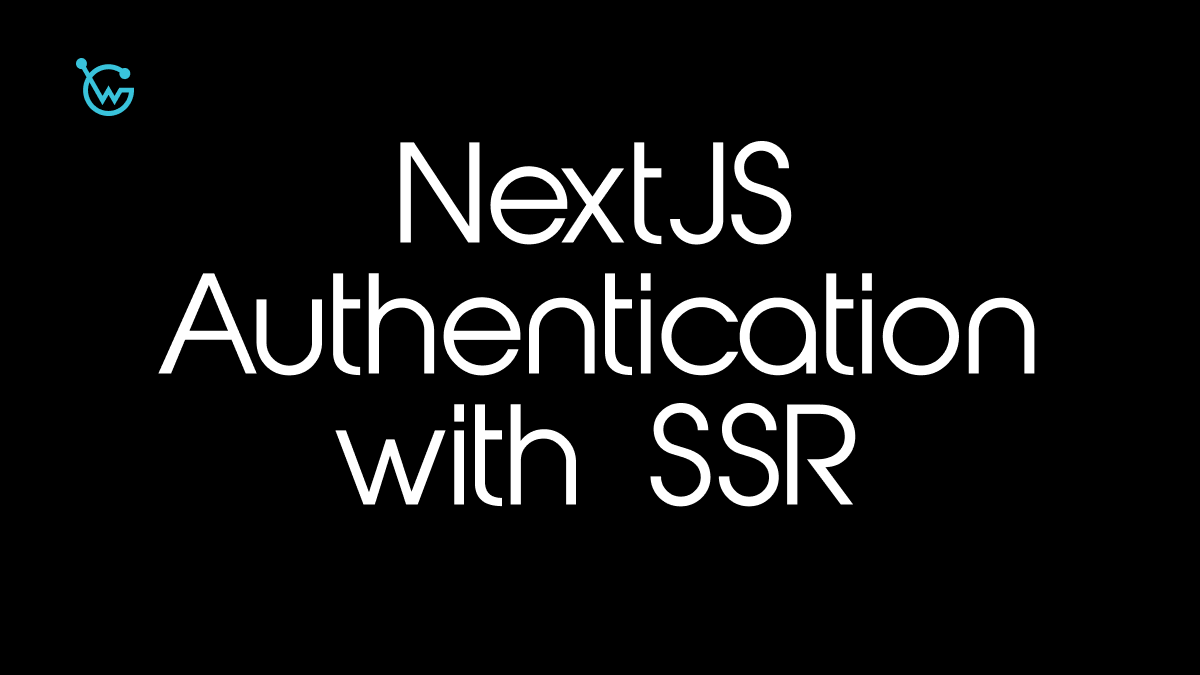
A while back, I've tried to build a Single Page Application (SPA) using Create React APP (CRA).
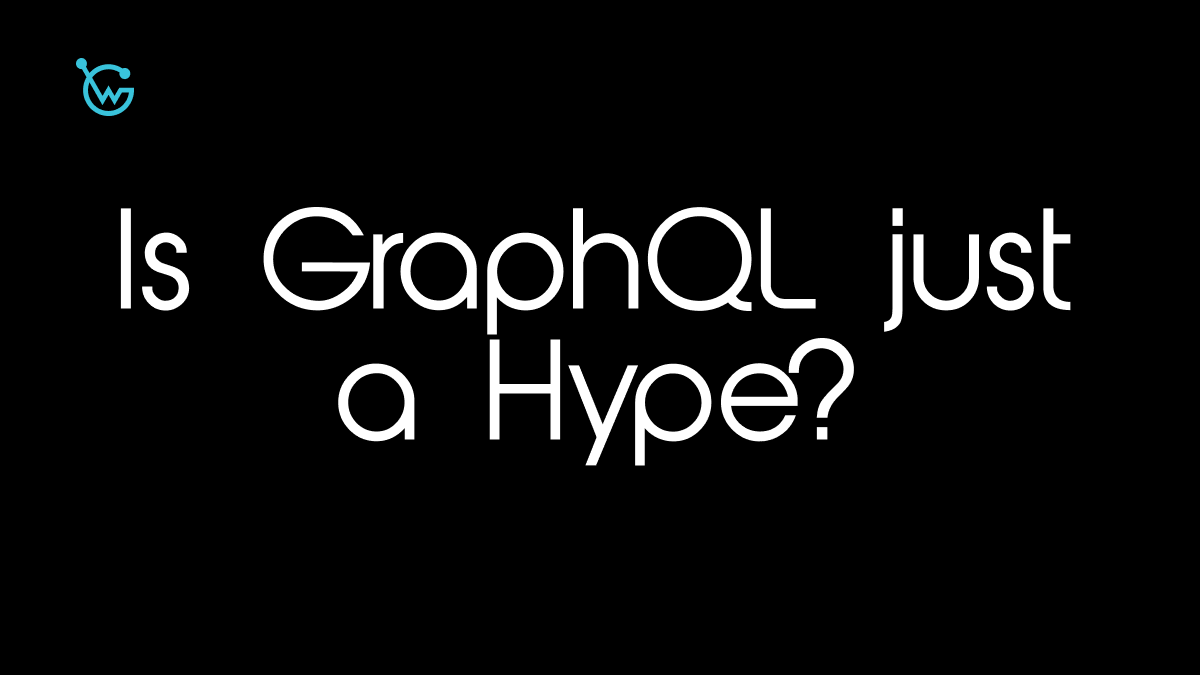
Is the GraphQL hype over? Was it just a trend?
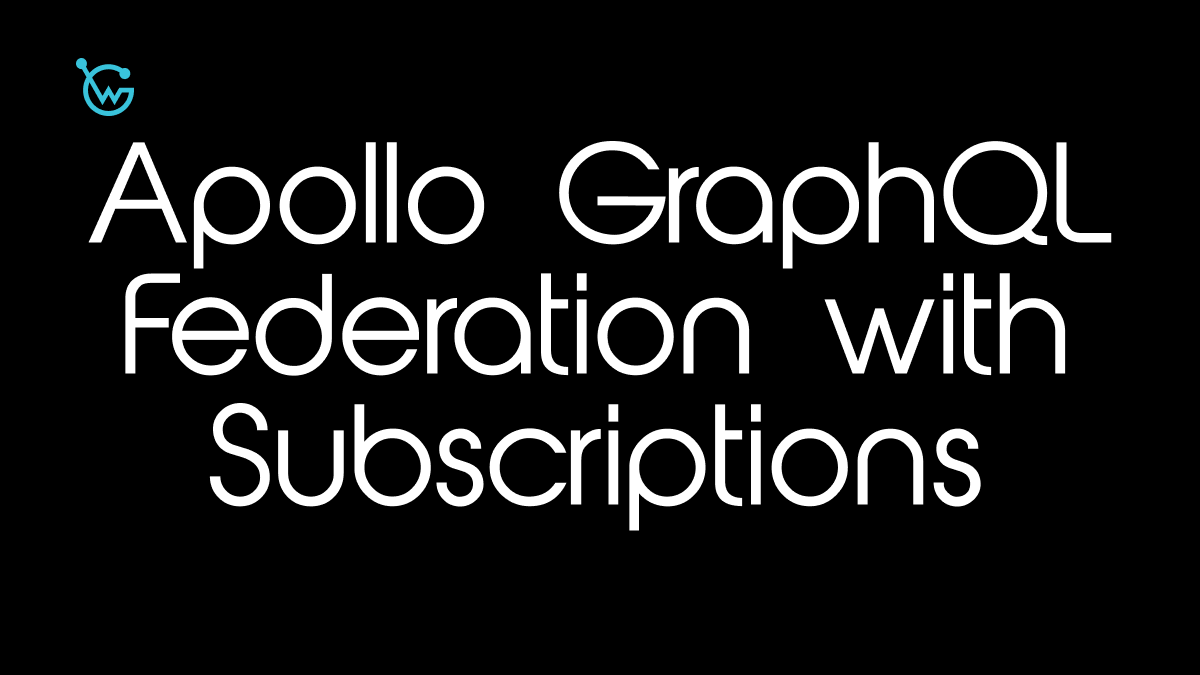
Apollo GraphQL Federation is the concept of building a single GraphQL API using a distributed microservice architecture.
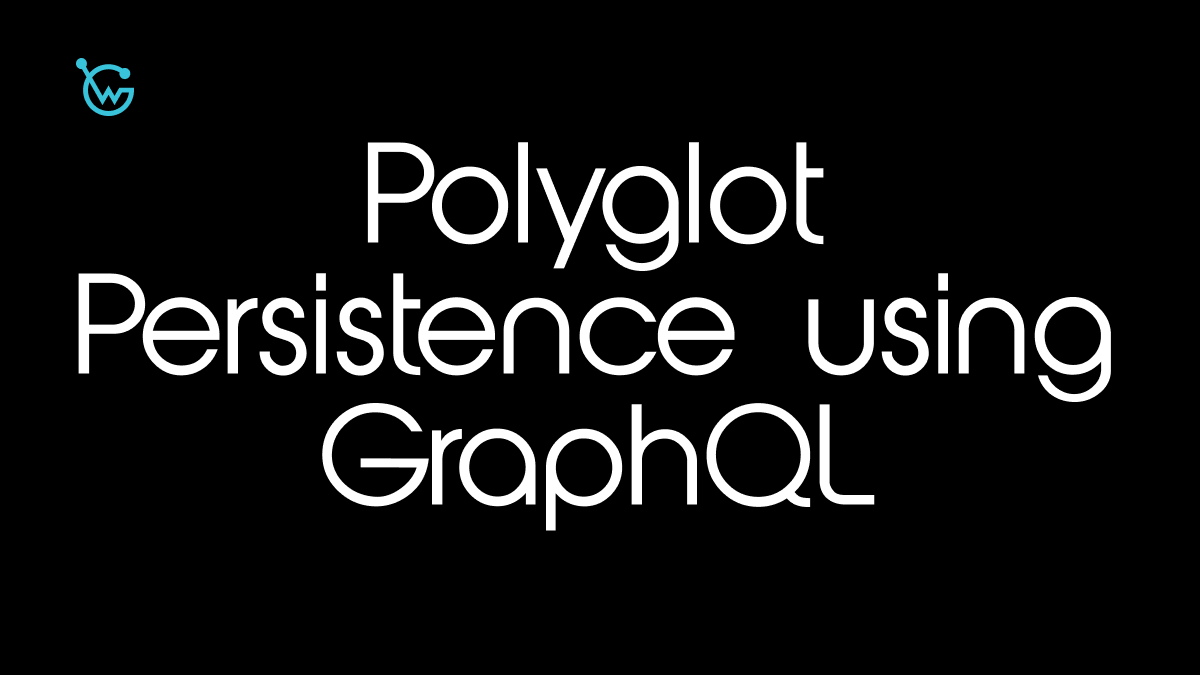
Should you use PostgreSQL or MySQL for your next project?
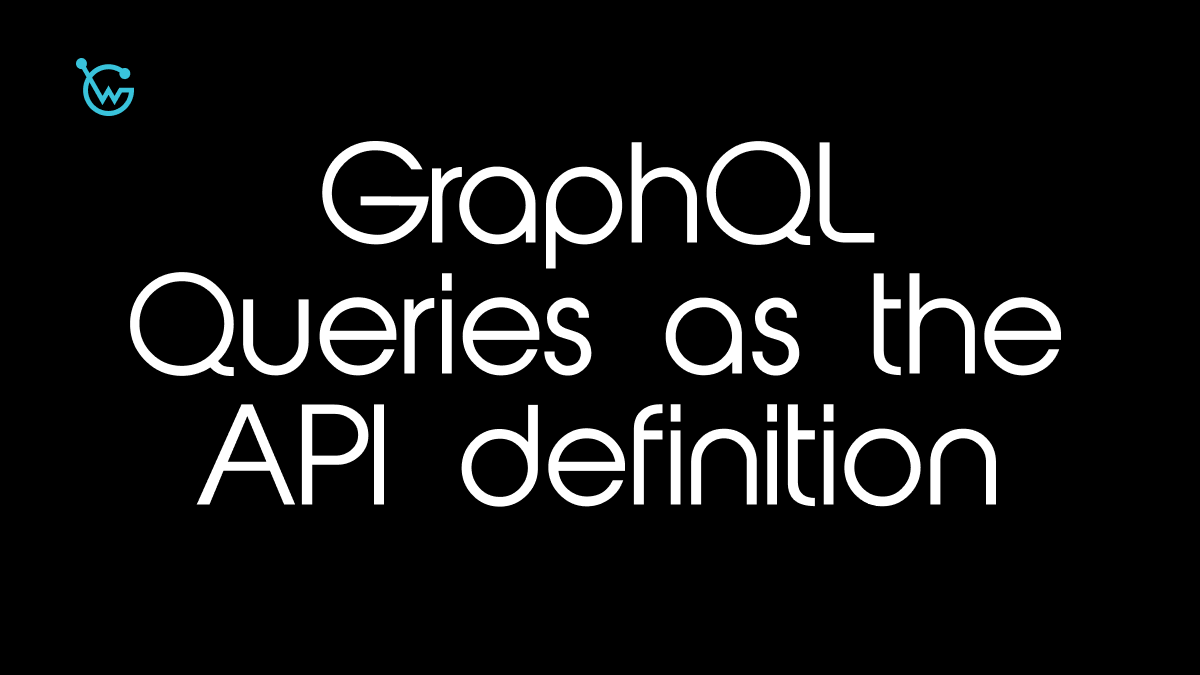
You've probably read the title twice, and it still doesn't make sense.
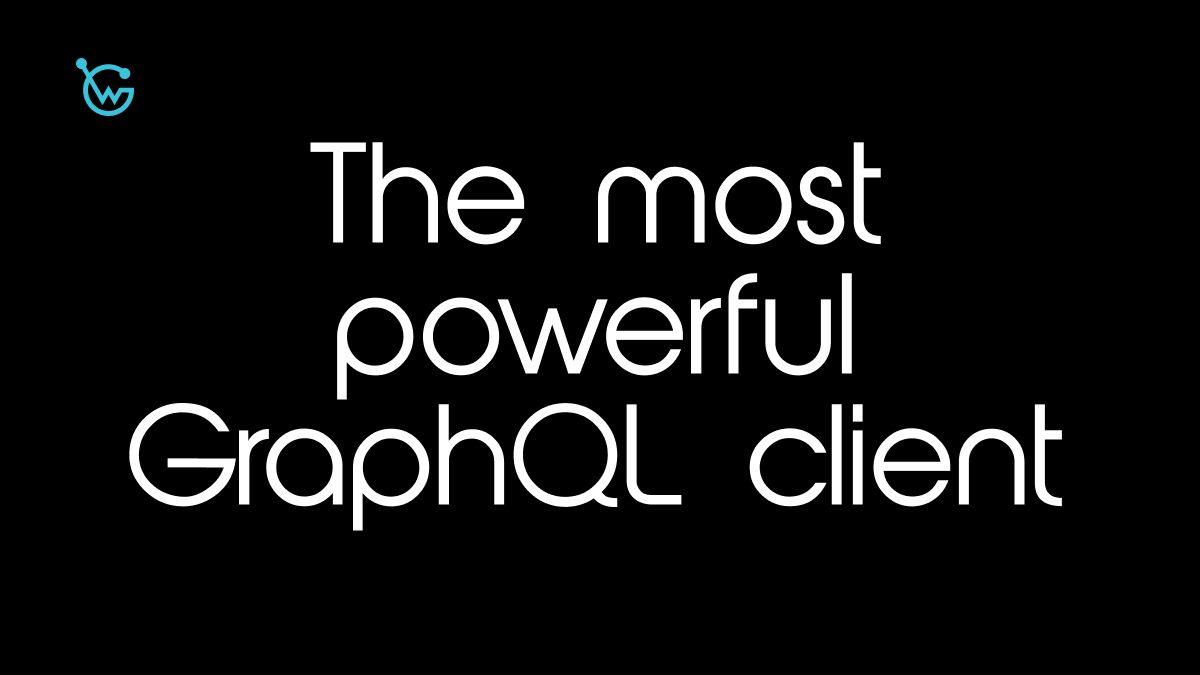
I claim that WunderGraph is by far the most powerful GraphQL client for the modern web.
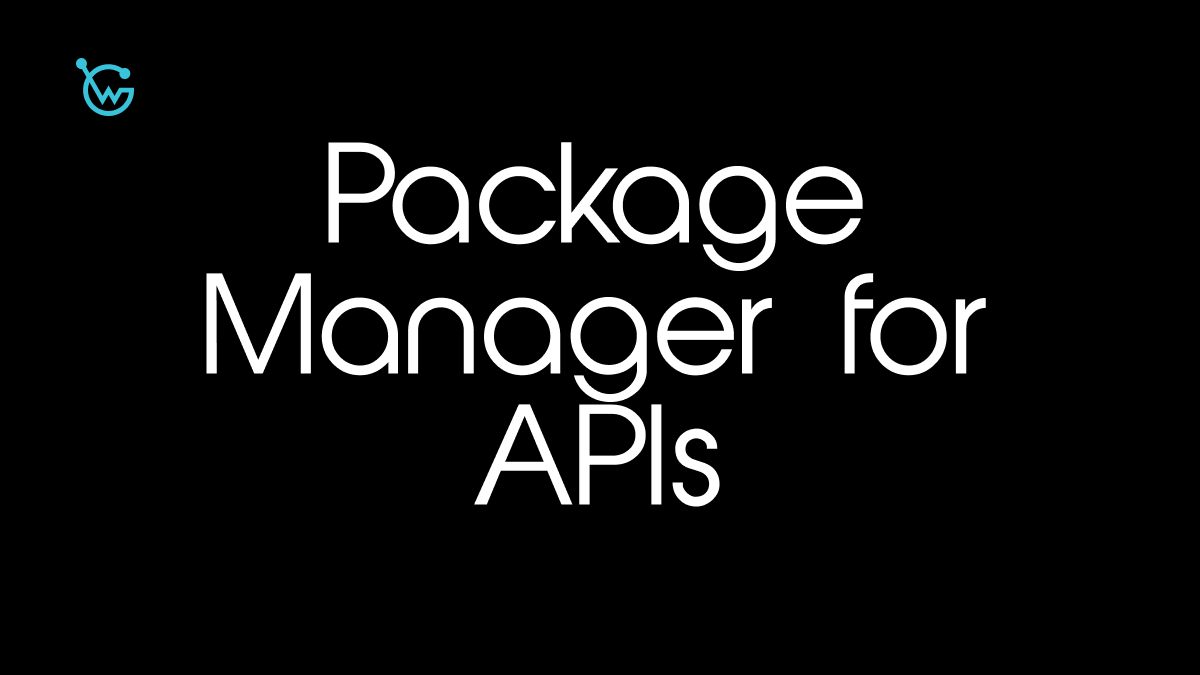
Let's imagine we're building a modern web application using NextJS. Our task is to use two APIs, one for weather, one for jobs, and combine them into a product. Our users should see the current weather and get a list of jobs. This should sound like a pretty common task, developers have to accomplish every day across the world. It's not extremely challenging, but it still takes some effort.
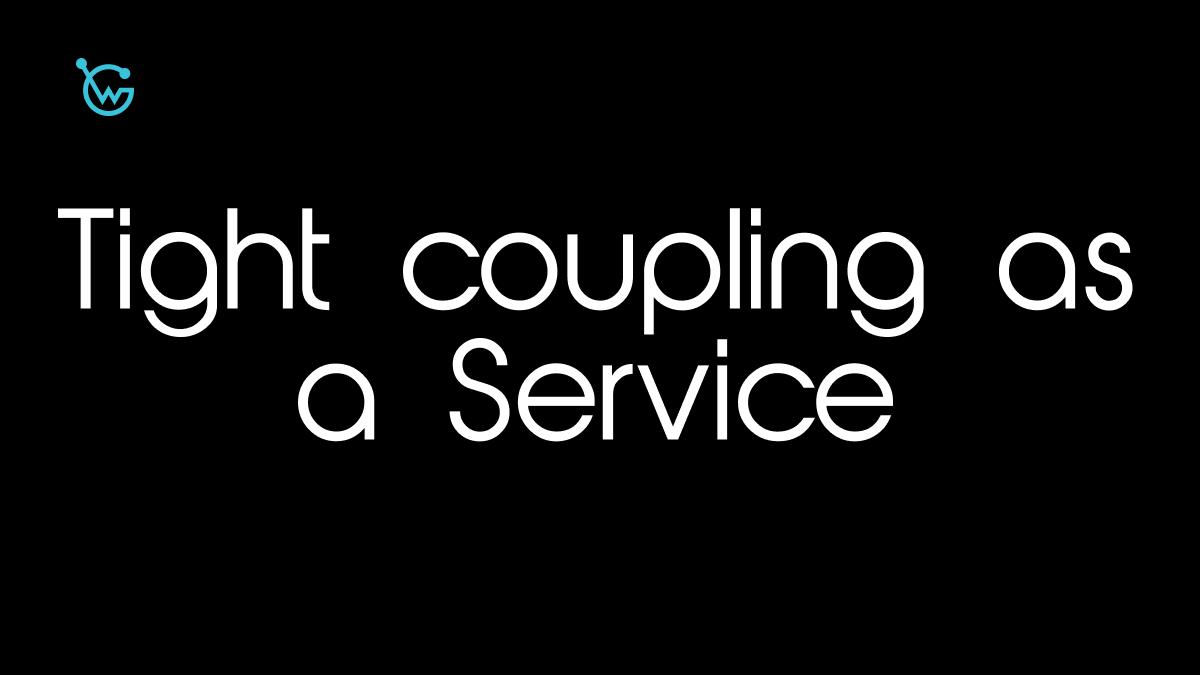
Generating APIs is becoming more and more popular. Especially the GraphQL community is "suffering" from this trend.
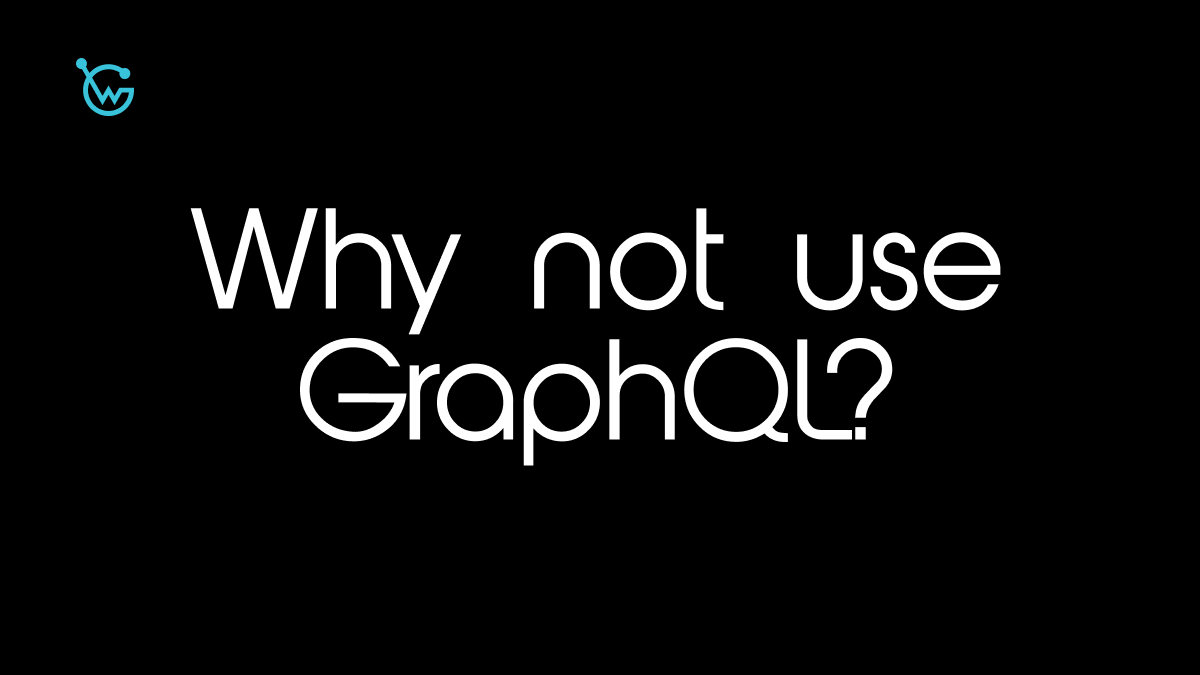
I think GraphQL will change the world. There will be a future where you can query any system in the world using GraphQL. I'm building this future. So why would I argue against using GraphQL?
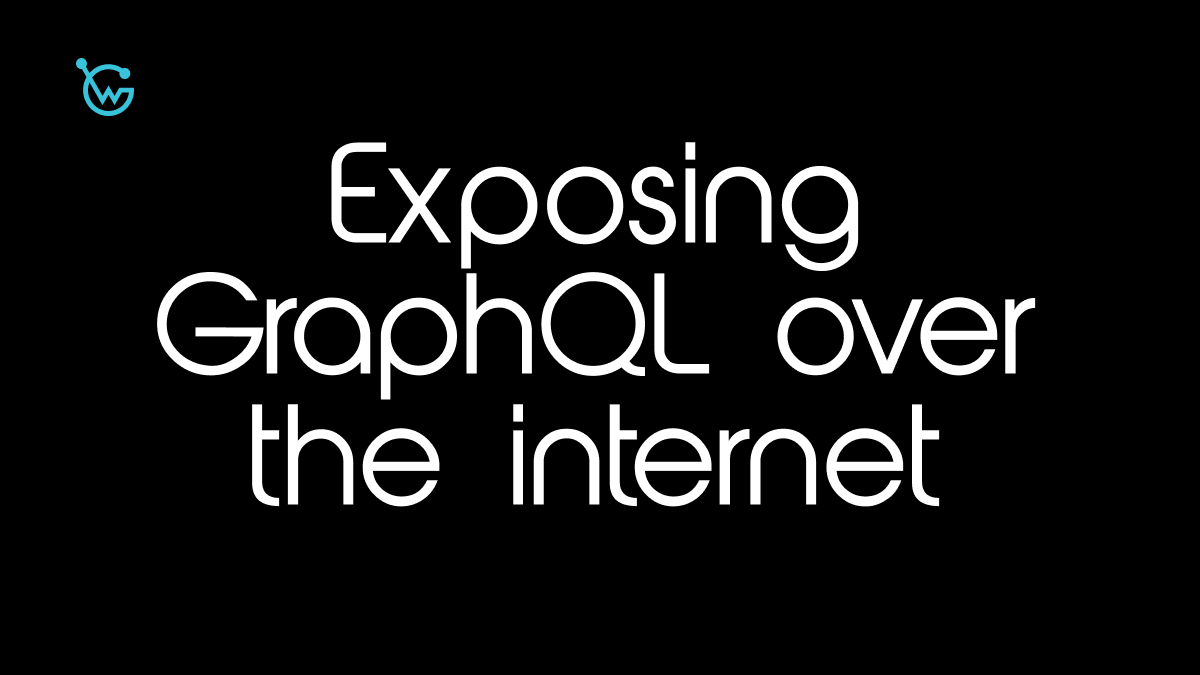
GraphQL is currently one of the most frequently mentioned technologies when it comes to innovation in the API economy. Adopters enjoy the ease of use and tooling like for example GraphiQL, the browser-based user interface to try out any GraphQL API. The whole experience of GraphQL is exactly what frontend-developers need to build amazing interactive web applications.
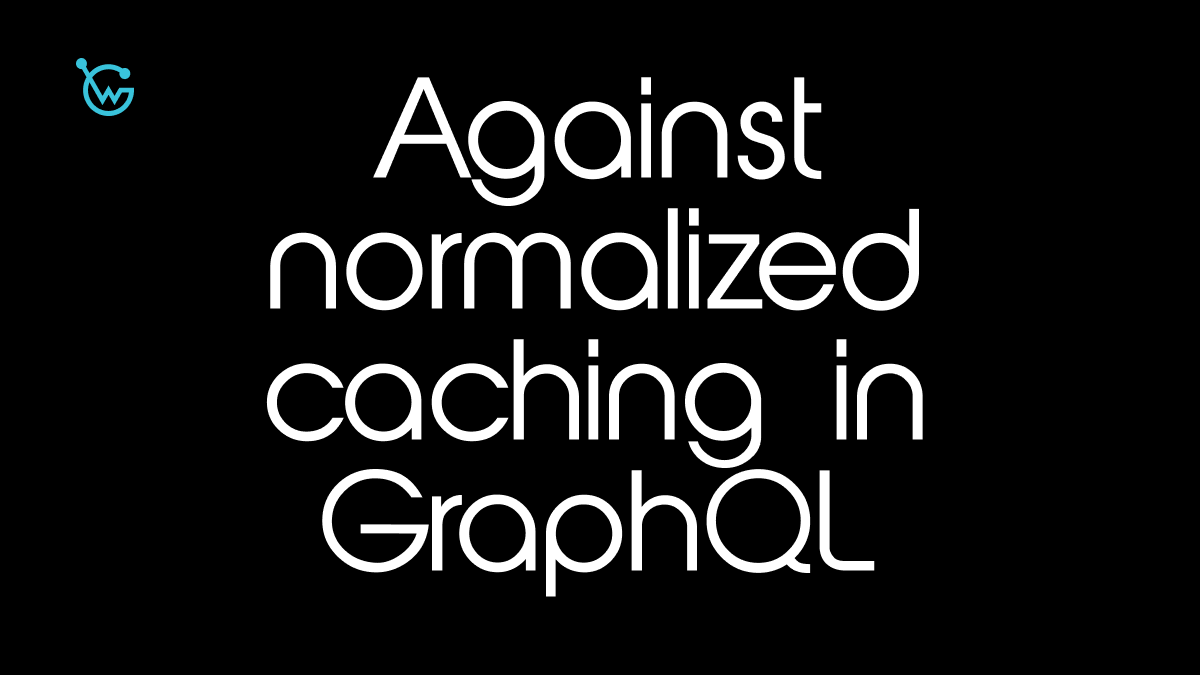
In this post we'll compare rich GraphQL clients that come with a normalized cache implementation and the generated WunderGraph clients that rely on HTTP caching.